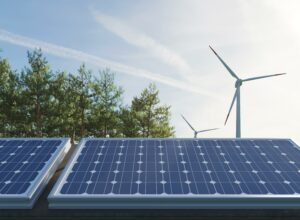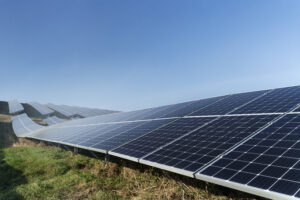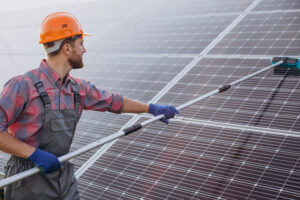Kerala’s initiative to lead the green energy revolution in India has encountered a short-term but significant roadblock. The PM Surya Ghar: Muft Bijli Yojana has garnered an unprecedented response for rooftop solar homes. Over one lakh families have applied in a single week to receive the government’s solar subsidy. However, the surging public interest now runs headlong into a core component shortage: solar panels, inverters, and, most severely, net meters.
It is subsidized up to ₹78,000 for new installations, thus making rooftop solar affordable. It was the perfect moment to switch to clean energy and save on electricity bills for most middle-class households. But the supply chain did not anticipate this surge in demand.
Warehouses are vacant, orders are delayed, and installations are left halfway through. The key constraint is the net meter, which is required for grid connection and crediting any excess energy. Thousands of dwellings are technically ready to tap into the sun, but KSEB had promised to fix the issue by April 10th, but the shortage continues across Kerala’s solar sector, leaving many homes ready but unable to switch to solar power.
Understanding the Challenges
To get around this shortage, many consumers are resorting to purchasing net meters from individual sellers at a much higher cost, an average of ₹4,000 per unit. But this has raised fears about quality and regulatory checks. An inefficient or unapproved meter might disqualify users for subsidies or result in incorrect bills. To counter this, the Kerala State Electricity Board (KSEB) has started leasing meters with replacement guarantees, offering some temporary relief.
From the developer’s side, rising costs of critical equipment are making project costs tricky. Installers are finding it hard to match pre-shortage cost expectations, as inverters themselves are also in short supply. For the common homeowner, this results in increased financial burden and delays, even after providing the required paperwork.
One other major concern is the power infrastructure to manage solar influx. Local transformers in solar-dominated areas are getting overstretched well above their original load ratings. KSEB has already started imposing temporary restrictions on new solar connections in such areas. If these constraints expand and impact future rollouts without grid extensions soon, and smart systems to manage two-way energy flow, they may do so.
Kerala is planning floating solar power plants as a mode of decentralized energy production. These can minimize stress on rooftops and local grids since these would utilize water bodies like reservoirs optimally. It may not be short-term, but it is scalable for the medium term.
Registration under the PM Surya Ghar scheme is still open. Prospective residents must apply with their consumer number, Aadhaar, proof of residence, income certificate, and a photo ID. But since demand continues to be greater than supply, sanction is not issued in the form of speedy installation.
Kerala possesses the will, public support, and government-supported incentive. What it requires now is immediate logistical assistance. Manufacturers need to step up production, KSEB needs to grant faster technical clearances, and policymakers need to give grid expansion top priority. The state is at the crossroads where collective effort can convert citizen interest into effective, mass adoption.
Efforts are already in place across industries, and many solar providers are already working towards this shift, taking action to align supply with Kerala’s increasing clean energy ambitions.






